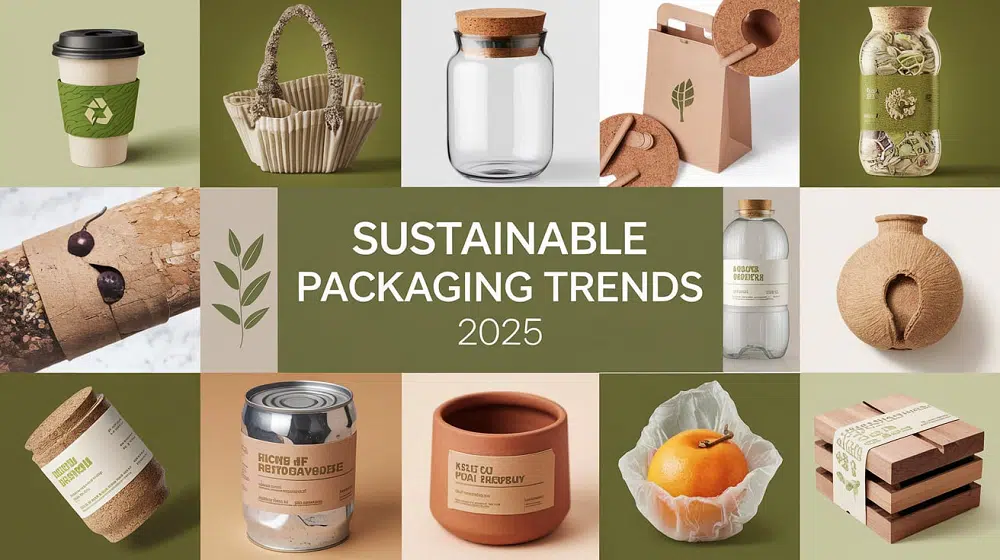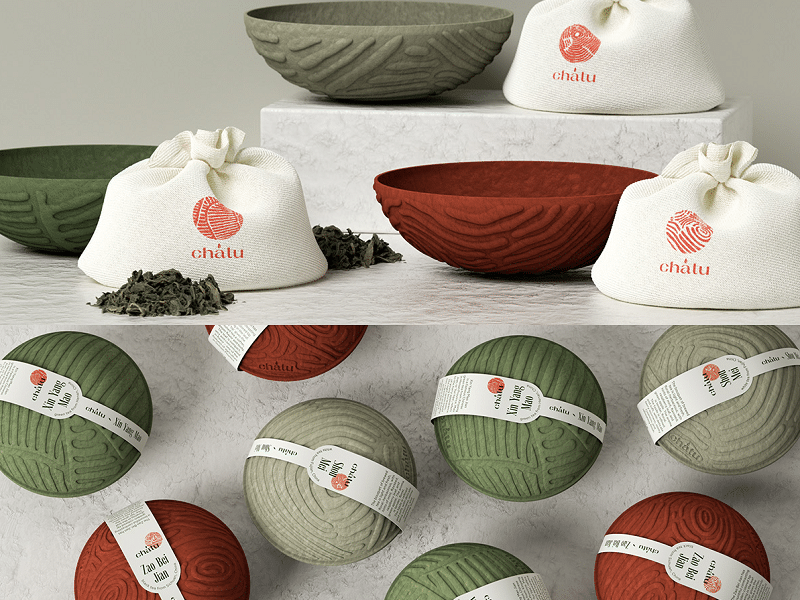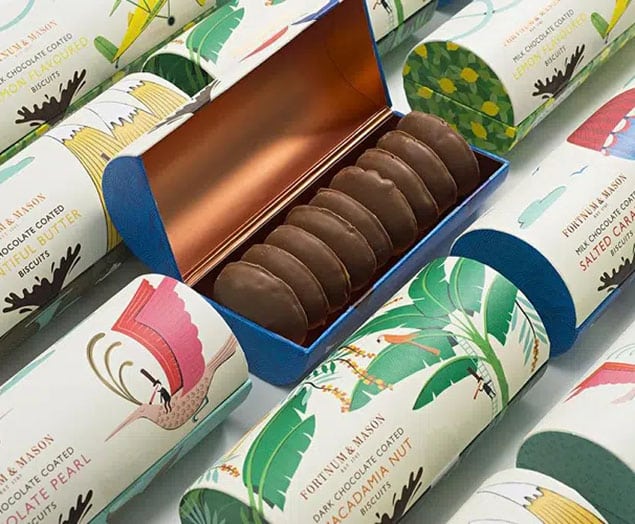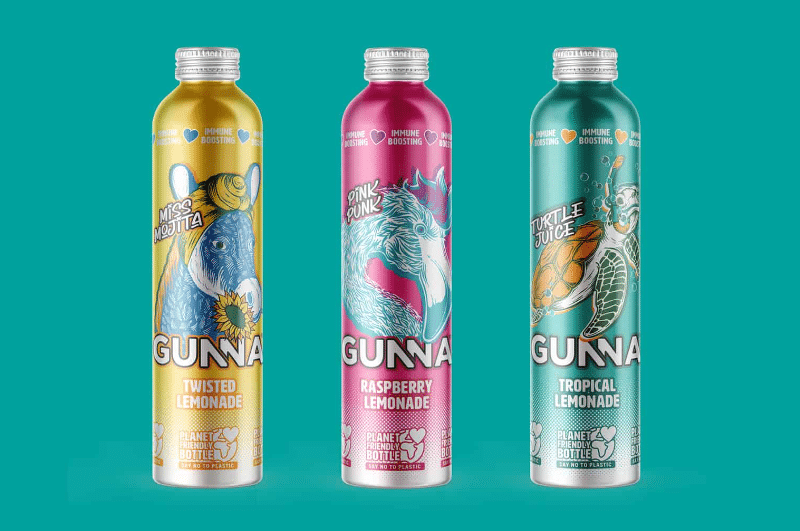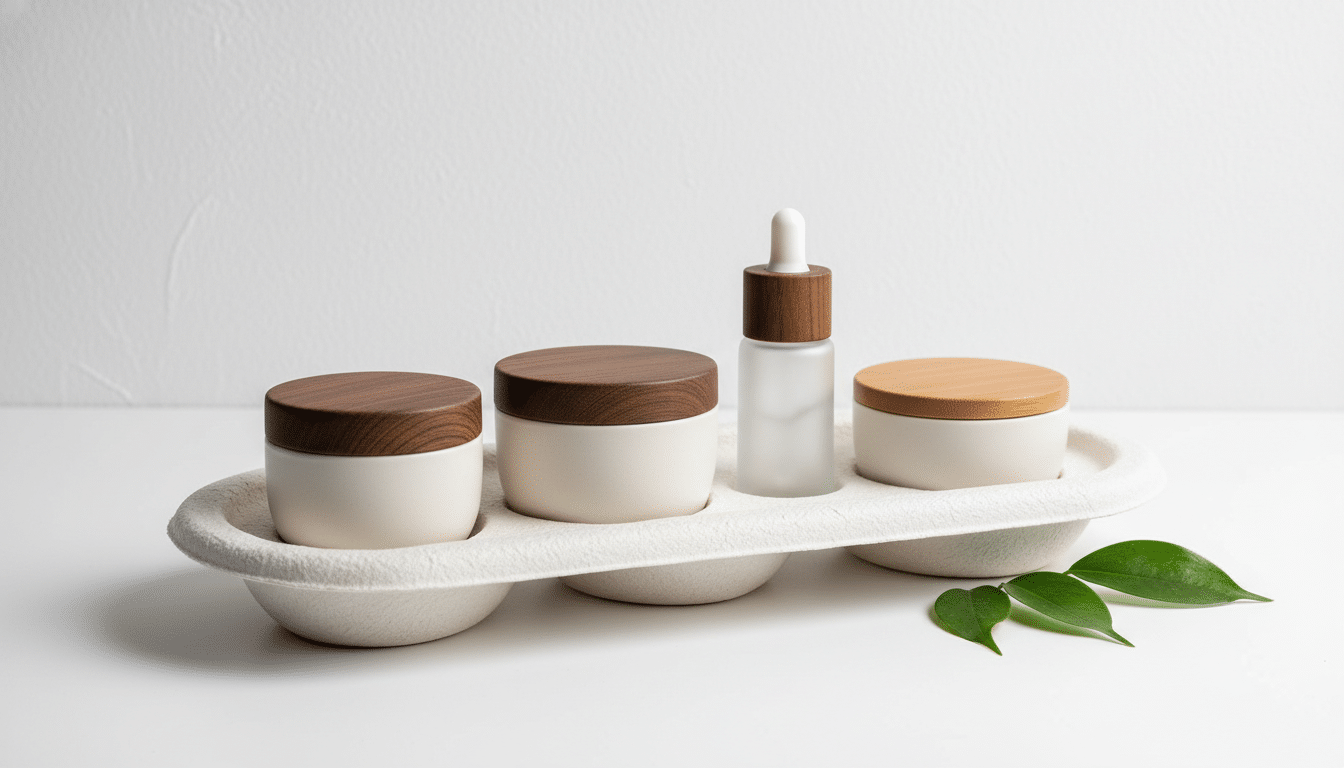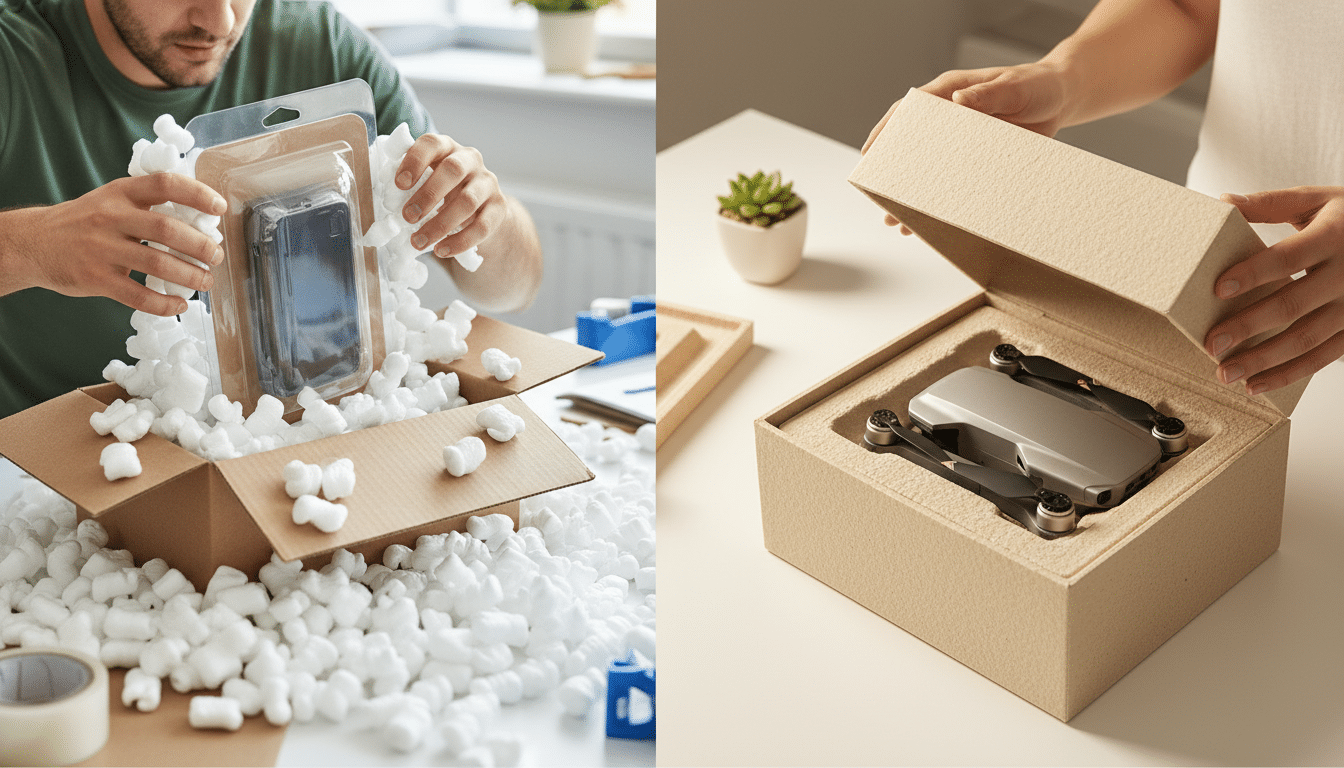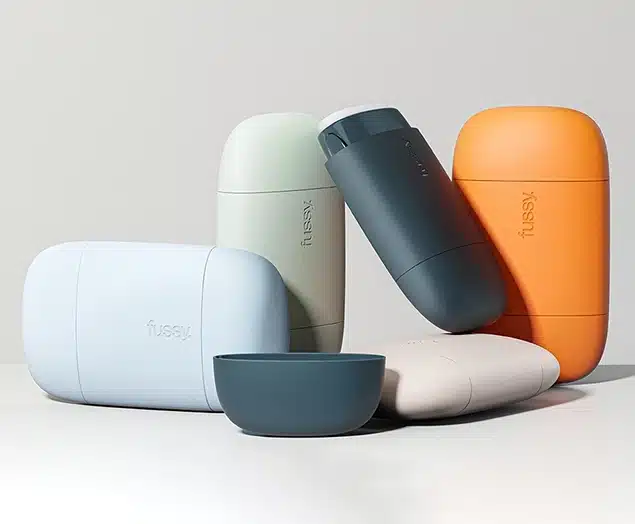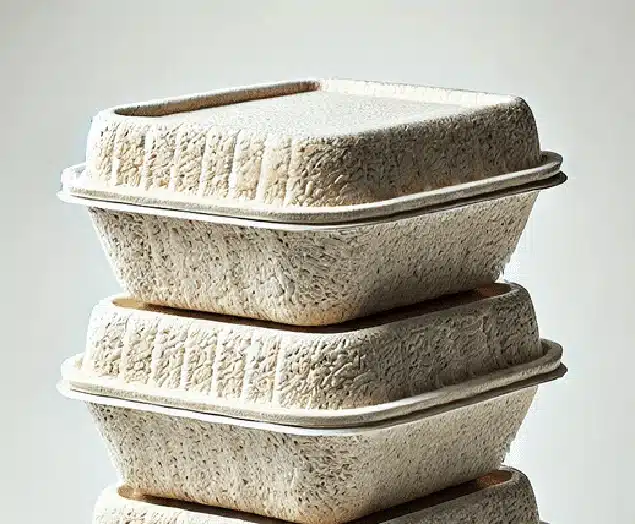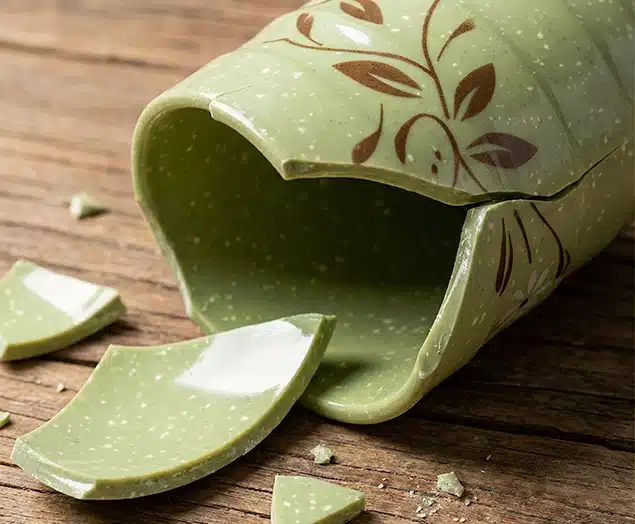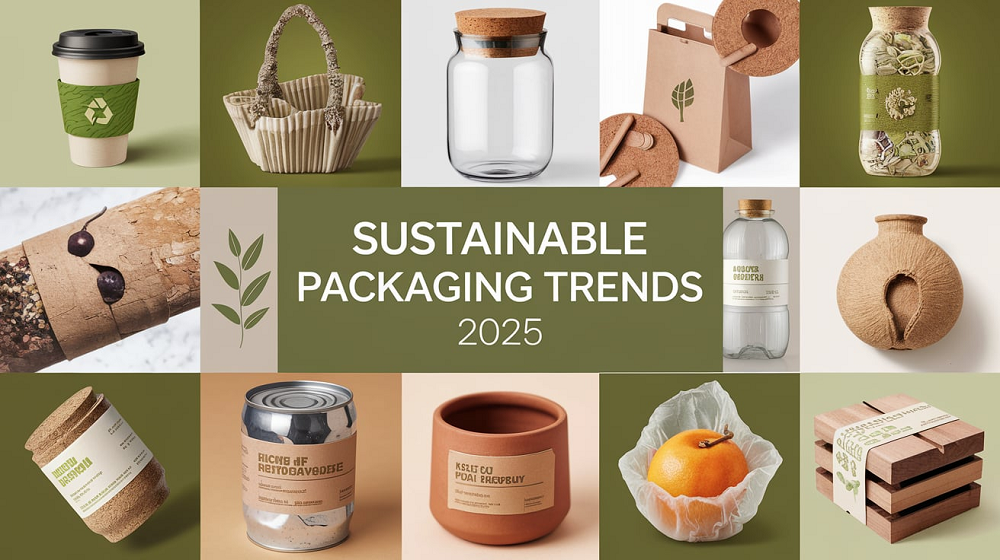The future of packaging is here, and it’s green. As we move closer to 2025, sustainability is no longer optional—it’s a necessity. With increasing consumer demand for eco-friendly solutions, businesses are innovating to lead the charge. In this blog, we explore what are the sustainable packaging trends in 2025. From minimalistic designs to futuristic materials, here’s everything you need to know to stay ahead in the world of eco-conscious packaging.
Eco-Friendly Packaging Trends 2025 – Top 10 Sustainable Packaging Design Ideas in 2025
What are the sustainable packaging trends in 2025? Below we’ve sorted out the top 10 eco-friendly design ideas for a green 2025:
1. Recycled Content is King
On global packaging trends for 2025, recycled content is set to dominate. Brands a re now striving to exceed the 30% recycled content threshold, with many aiming for even higher percentages. This shift is especially evident in food and supplement packaging, an area traditionally slower to adopt sustainable practices. Food companies and consumer goods brands are recognizing the importance of recycled materials for regulatory compliance and meeting consumer expectations. The focus is on using post-consumer recycled materials and creating closed-loop systems.
2. Minimalistic Designs
Simplicity sells. The trend toward clean, minimalistic packaging designs continues, with brands opting for natural colors, simple graphics, and sustainable materials. We note that this is particularly relevant in 2025, as brands move away from overly complex designs in favor of contemporary aesthetics. Minimalistic packaging not only reduces production costs but also aligns with environmental goals by minimizing ink usage and unnecessary embellishments.
3. Mono-Material Packaging: A Recycling Revolution
The introduction of mono-plastic lotion pumps is a game-changer for recycling. These pumps are made from a single type of plastic, making them fully recyclable without the challenges posed by mixed materials. Mono-material solutions are gaining traction across industries, especially in cosmetics and personal care. By simplifying packaging materials, companies can ensure a more seamless recycling process.
4. Soft-Touch Finishes with a Sustainable Twist
Traditionally, soft-touch finishes were environmentally problematic due to added rubber and non-recyclable coatings. However, innovative solutions like sand-blasted PET bottles offer the same matte feel while being fully recyclable. For brands seeking that premium look and feel without compromising sustainability, these finishes are the way forward. We recommend transitioning to bead-blasted designs to strike the perfect balance.
5. Innovative Shapes and Materials
Custom packaging shapes and materials are becoming a hallmark of differentiation for brands. Unique designs, paired with low-cost setups, can help businesses stand out in the marketplace. Innovative materials like bio-based plastics, compostable films, and blended substrates are also gaining momentum. These materials not only reduce carbon footprints but also cater to the growing demand for biodegradable solutions.
6. Smart Sizing Technology
E-commerce waste is a major challenge, but AI-powered smart sizing technology offers a solution. This innovation ensures that products are shipped in appropriately sized packaging, reducing material waste and shipping inefficiencies. For instance, Amazon has already reduced its packaging size by 36% using this approach, setting an industry standard for others to follow.
7. Plant-Based Packaging: Nature’s Solution
Materials such as mushroom packaging are reshaping the industry. Made from agricultural waste and mushroom roots, these materials are fully compostable and break down in just 45 days. Companies like Dell are leading the way, using mushroom-based packaging for electronic products. Plant-based solutions are ideal for companies looking to align with eco-conscious consumers.
8. Reusable Packaging Systems
The rise of reusable packaging is another step toward reducing waste. Systems like Loop, which allow consumers to return durable packaging for reuse, are gaining traction. During pilot programs, Loop reduced packaging waste by 40%, proving that a circular economy is possible with the right infrastructure.
9. Aluminum Packaging: Lightweight and Infinite
Aluminum packaging is poised to be one of the biggest trends in 2025. Known for its recyclability and lightweight properties, aluminum is being adopted across industries, from food and beverages to cosmetics. As highlighted by experts, aluminum not only preserves product freshness but also reduces shipping energy due to its low weight. Companies like Qidong Ruizhi Aluminum Packaging are leading the way, offering customized, sustainable solutions to meet this rising demand.
10. The Color of the Year: Future Dusk
Design matters, and 2025’s Color of the Year, “Future Dusk,” is set to inspire packaging aesthetics. This purple-blue hue conveys warmth and innovation, making it a popular choice for brands looking to stay trendy while creating a positive emotional connection with consumers.
Custom Eco-Friendly Packaging from GVPAK.COM
Looking for innovative and sustainable packaging solutions tailored to your business? GVPAK specializes in creating custom eco-friendly packaging that aligns with your brand’s sustainability goals. From recycled materials to plant-based options, GVPAK offers cutting-edge designs that meet modern consumer demands while reducing environmental impact.
Visit gvpak.com today to explore how we can help your business stay ahead of the curve with packaging that’s not only functional but also planet-friendly. Let’s build a greener future together!
Small Changes, Big Impact
The sustainable packaging trends of 2025 are about more than just meeting regulations—they’re about creating a better future. Adopting plant-based materials, leveraging AI for smarter sizing, and embracing mono-material designs are just a few ways businesses can make an impact.
Real-Life Success Stories
- H&M: By switching to recycled packaging, H&M saved 50,000 tons of plastic annually.
- Etsy Sellers: Paper-based packaging initiatives reduced plastic waste by 20%.
- Local Businesses: Biodegradable mailers increased customer satisfaction by 30%.
These examples showcase how sustainable packaging is not just good for the planet but also great for business.
Companies that prioritize sustainability will not only reduce their environmental footprint but also build stronger connections with eco-conscious consumers. The time to act is now – because the packaging of tomorrow starts today.





